Watchfinder & Co., which is celebrating its 20th anniversary this year, is a Great British success story that now trades around the world thanks, in part, to being acquired by Richemont in 2018. What has the business learned about buying and selling prestige timepieces over the past two decades? Watchpro’s Rob Corder caught up with CEO Arjen van de Vall to get his perspective on the past, present and future of the company.
It is easy to forget that as recently as five years ago, Rolex’s steel Daytona was the only mainstream watch that sold on the secondary market for more than its authorised dealer retail price.
Customers could even expect a discount if they walked into a showroom to buy most other Rolex models for cash.
The market has been transformed since then and by late last year, almost the entire Rolex catalogue was trading at over retail prices along with most Audemars Piguet Royal Oaks, anything sporty and in steel from Patek Philippe, special Omega Speedmasters like the Snoopy, and even the most desirable Vacheron Constantin Overseas and A. Lange & Söhne Lange 1s.
The secondary market for waiting-list watches has moved so fast — peaking around the end of the first quarter of 2022 — that a bit of longer-term perspective is required.
Who better to provide that perspective than Watchfinder, which is celebrating its 20th anniversary this year, and is responding to recent volatility with a level-headed assessment of what the new normal may look like.
Watchfinder’s conclusion? Keep delighting collectors who have been buying and selling through the business for years, and the rest will take care of itself.
Looking back through the archives of WATCHPRO, the first article about Watchfinder was in 2012, when the business was already a decade old (WATCHPRO only launched in 2011).
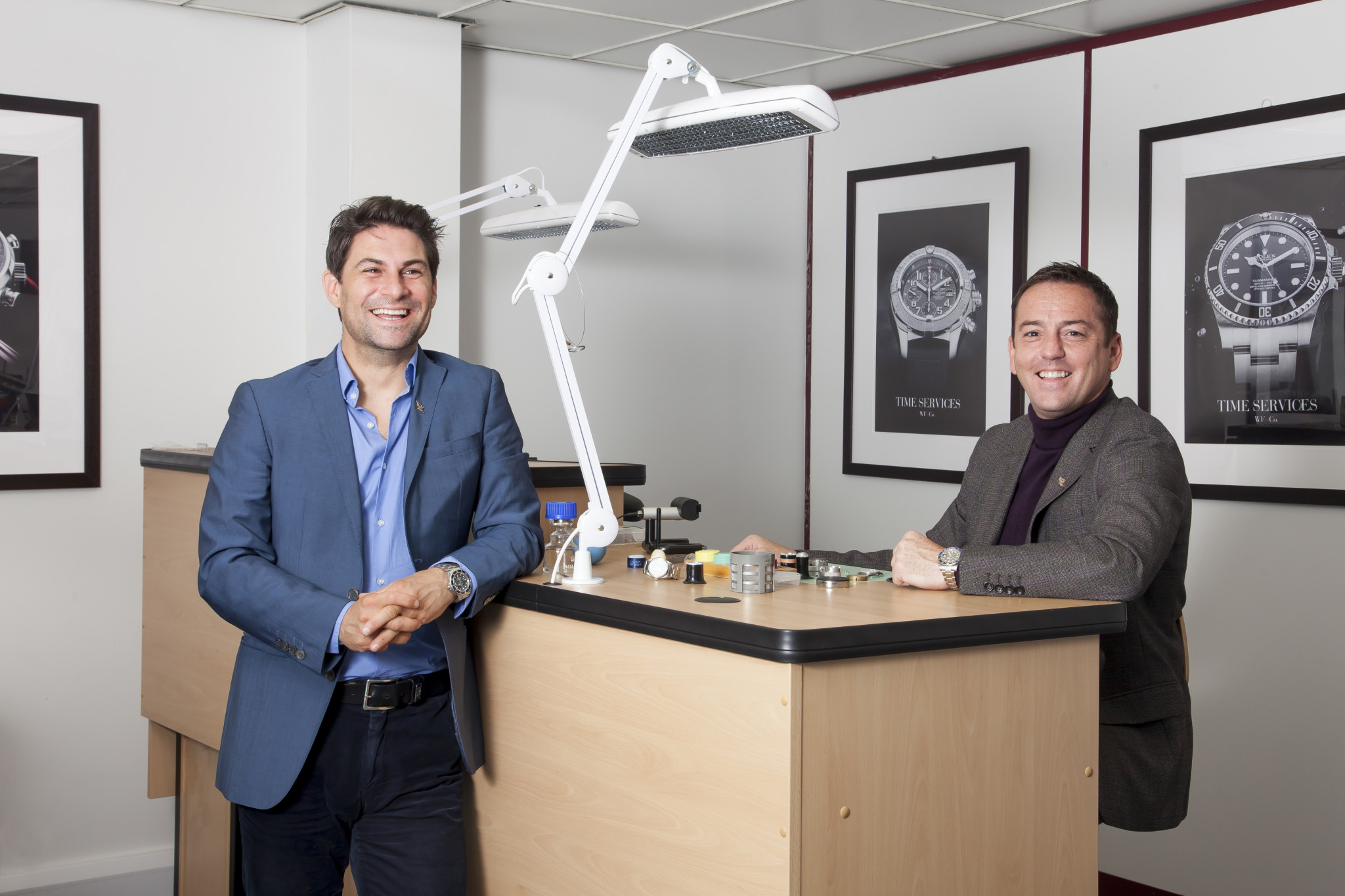
Back then, the business described its vision for creating a market for second hand watches that operated in much the same way as the used car market.
The overall objective was to bring a new professionalism to a market that would sell expertly serviced and beautifully presented pre-owned watches at great prices.
Just as people often opted for a three-year-old BMW, rather than new, because it would be 30% cheaper, Watchfinder would create a similar offer for watches.
The founders were not expecting or basing their business model on watches selling at above retail prices.
Watchfinder’s CEO, Arjen van de Vall, joined the business in the spring of 2021, but remembers how different the second hand watch business was 20 years ago.
“If you were lucky your watch would have had a spit-and-shine and would be on the shelves the same day that you traded it in. There was not a lot of transparency in pricing and warranties were completely unheard of. Online was already present but the level of penetration was very different. There was very little trust. You had to be someone who was really passionate about watches to be able to understand how the market worked,” he describes.
The lack of trust and transparency was not just deterring watch lovers from buying pre-owned watches, the Swiss watch industry treated the whole used watch sector as the enemy of new, and thought selling online was a poor substitute for the in-store experience.
All that changed in 2018 when the mighty Richemont bought Watchfinder.
Almost overnight, all the old assumptions and prejudices fell away.
Audemars Piguet started talking about creating a certified pre-owned plan (we are still waiting).
Other brands beat a path to the door of Watchfinder, trying to get a feel for the data they had amassed through their website because it was dawning on the industry that the disruptive, online, pre-owned market had a lot to teach the traditionalists.
“Sixteen years ago, Watchfinder’s founders foresaw the need for an online marketplace for premium pre-owned timepieces. Watch enthusiasts themselves, they established Watchfinder to provide excellence in customer experience,” Richemont chairman Johann Rupert, said at the time of the acquisition.
“We believe there are substantial opportunities to help grow the company further in a still relatively unstructured segment of the industry,” he added.
Unstructured was right, but Watchfinder was far from alone as a champion of the secondary market.
Chrono24 was launched in 2003 as a side hustle for its owners, and then acquired in 2009 by the current team headed by CEO Tim Stracke. Holger Felgner, previously CEO of TeamViewer, joined the team in 2016 and Insight Venture Partners, a private equity firm with $23 billion of assets, was a major shareholder.
In other parts of the world, Tay Liam Wee, a watch retail magnate in Singapore, joined forces with Danny Govberg, owner of Govberg Jewelers in Philadelphia and serial investor Justin Reiss to launch WatchBox in 2016 with a $100 million war chest.
In 2019, management consultant Bain & Company estimated the global pre-owned luxury watch business to be worth €15 billion.
By 2021, Bain & Co. rival McKinsey & Co., said the pre-owned market was generating sales of $18 billion, and expected this to rise to between $29 billion and $32 billion by 2025.
WhatsApp groups grew with people dealing watches between themselves. Watches would change hands over and over again, each time at a higher price. It was like buying tenners for a fiver.
The success of Watchfinder and its competitors brought other major players into the pre-owned market. Watches of Switzerland Group bought Analog Shift in 2020 and Hodinkee bought Crown and Caliber in 2021.
Private equity millions were being thrown at the industry like confetti.
Even more significant was the rise of retail investors, known more pejoratively as flippers, who sniffed out easy money in buying hot watches at retail one day and selling them on the secondary market the next.
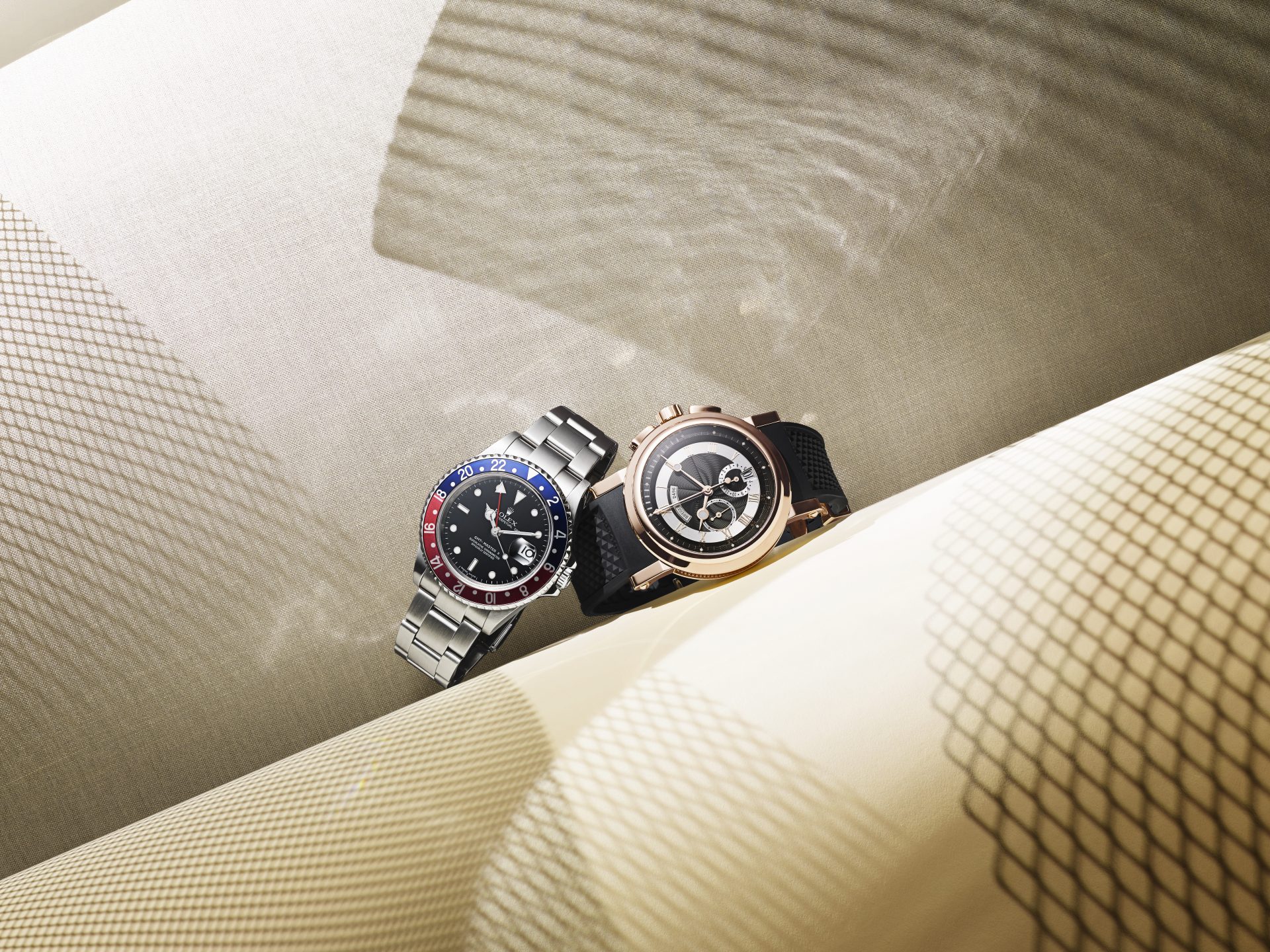
By the early 2020s, several more watches were selling at above retail prices, most notably Patek Philippe’s Nautilus and Aquanaut, Audemars Piguet’s Royal Oak and Rolexes such as the GMT Master II, Submariner and the daddy of them all, the Daytona.
And not just individual references within these collections, but almost everything in the families.
Auction houses, which had typically concentrated on vintage watches, suddenly launched online sales offering near-new waiting-list watches.
WATCHPRO coined a term for this growing clutch of hard-to-find timepieces: the “unicorn” watches.
The market for unicorn watches was hot enough already in 2020, but the Coronavirus pandemic lit a bonfire under it.
Office workers sent to work from home idled away the hours looking at Instagrammers making millions from trading in luxury watches and wanted a piece of the action.
WhatsApp groups grew with people dealing watches between themselves. Watches would change hands over and over again, each time at a higher price. It was like buying tenners for a fiver.
Watchfinder most certainly benefited from this hysteria, but took a very different and much more long-sighted, approach to the new breed of traders.
After being acquired by Richemont in 2018, it was aligning itself with the organisation’s fine watch maisons including Cartier, Panerai, IWC and Jaeger-LeCoultre, as well as expanding from its home market in the United Kingdom to the rest of the world.
By March, this year, Watchfinder had a presence in 90 Richemont watch boutiques around the world where customers could trade-in their own watch as a down-payment on a new one.

The trade-in prices are generated by the incredibly sophisticated system that Watchfinder has developed, and the used watches go into its inventory for servicing, refurbishing and re-selling online.
“That is hugely impactful not just for us but also for the boutiques,” Mr van de Vall says.
“We have seen that, when we move in and Watchfinder starts handling trade-ins, sales of new watches grow by double digit percentages. It is a complementary service. The money from trade-ins is put towards new watches. It has a really strong impact,” he adds.
From 90 Richemont boutiques in March, the figure had grown to around 100 by this summer.
This expansion, and the sophisticated systems and expertise behind it, gives Richemont-owned Watchfinder unique advantages. “What I find interesting is that Richemont holds amazing brands and sees itself as the custodian of those brands. What Watchfinder does is manage their watches for the next generation,” says Mr van de Vall.
This is a theory that requires unpacking.
For sure Richemont does an incredible job at brand building so that every watch made by one of its maisons is as good or better than the last and has the DNA and history of that brand coursing through it.
They are sold by highly trained professionals in exquisite stores, and protected for their owners by multi-year warranties.
Richemont’s retailers provide excellent customer service and build relationships with customers to keep them coming back and feeling part of a special family.
The new and pre-owned worlds come together at Richemont’s brand boutiques, where Watchfinder works with the same customers to turn a single purchase into a life-long watch collecting passion.
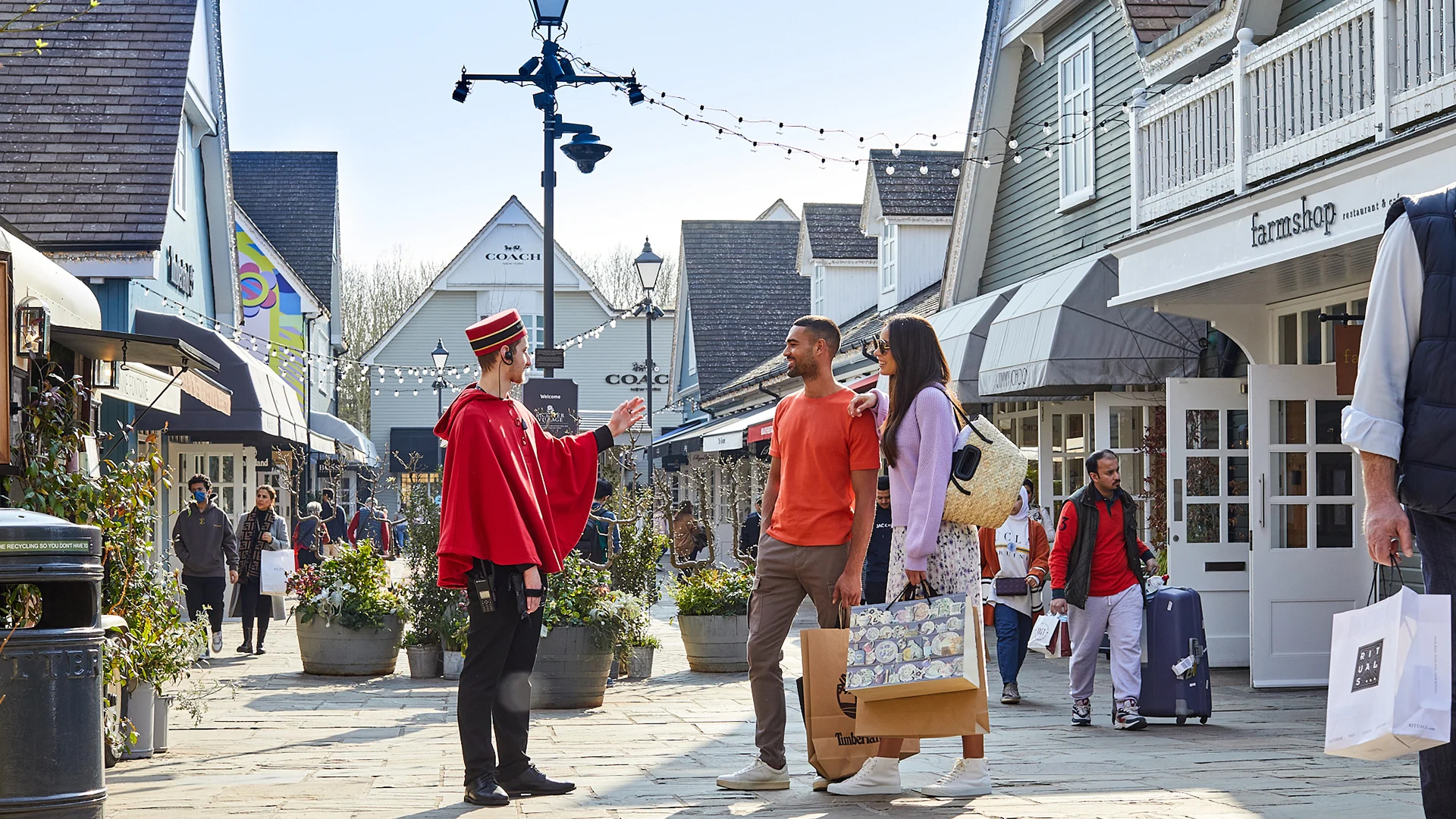
Whether a customer is buying a new watch or selling a used one — often both — they get the same elevated experience.
“Pre-owned and new are not two separate things. Richemont understands that, while their brands might transact with a customer once or twice in their lifetime, the beauty of Watchfinder is that we engage with the same customer multiple times, sometimes even with the same watch,” Mr van de Vall explains.
There is a circularity to this cycle, and it works in both directions. A customer’s first significant watch purchase may be a pre-owned piece from Watchfinder, very often a watch that is cheaper than brand-new at a boutique or authorised dealer.
This can spark a life-long passion for collecting that leads them into the world of new watches.
In other cases, somebody may trade-in a watch they have loved for years and put the money towards a new watch.
“It is visionary to blend and integrate both worlds, really a bold move,” Mr van de Vall suggests.
It is not just Richemont’s boutiques where Watchfinder physically interacts with watch collectors, it also has seven of its own showrooms and boutiques across the UK, plus other locations including Geneva, Hong Kong, Paris, Milan, Munich, New York and Zurich.
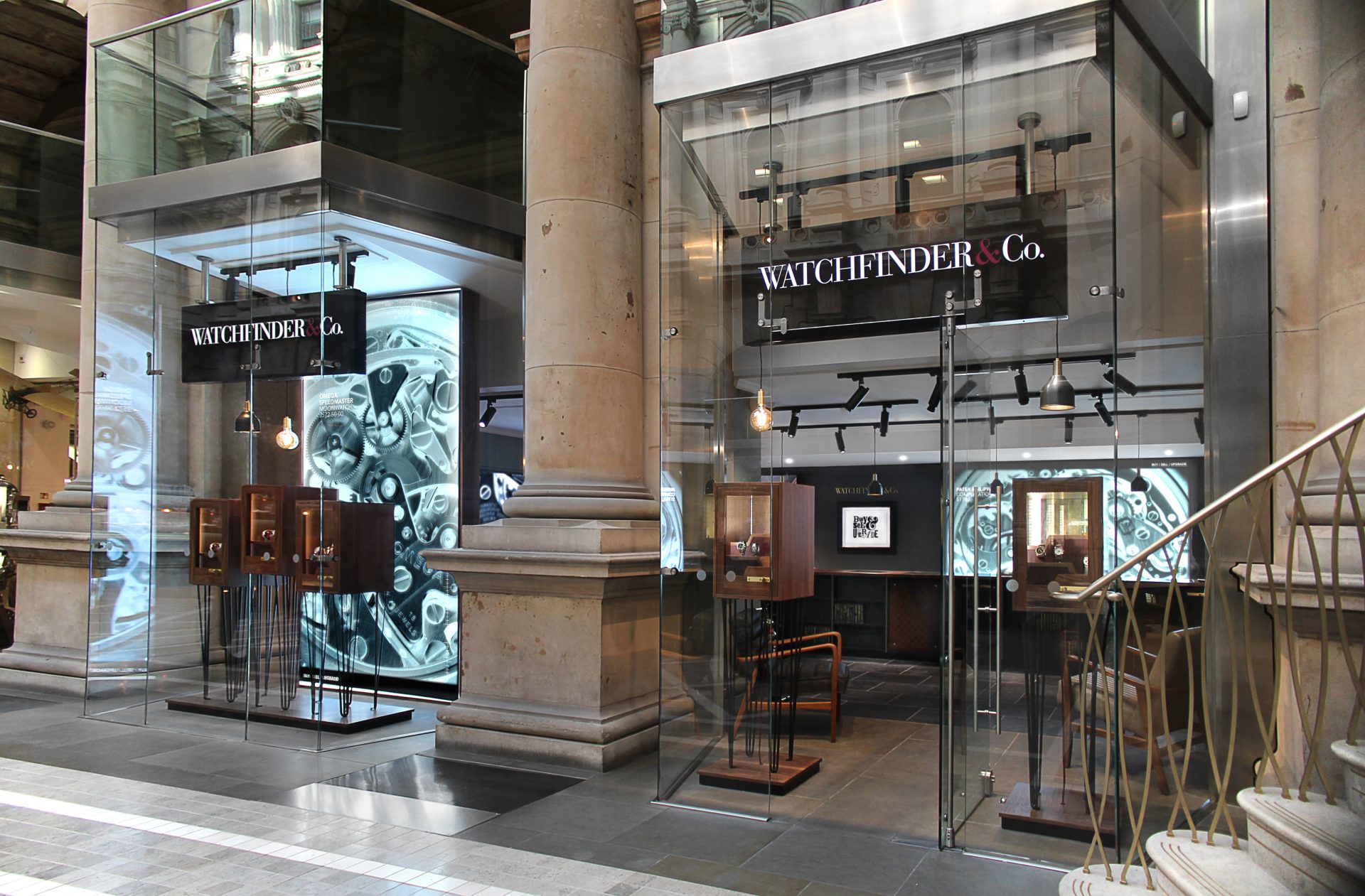
In addition, the business is also rolling out a concession model with multi-brand retailers and even department stores. It has a presence in the famous Printemps Haussmann department store in Paris, Rinascente in Milan, Bongenie in Geneva, Grieder in Zurich and Nordstrom in Seattle and New York.
One of Watchfinder’s latest openings is within TimeVallée, a luxury multi-brand watch showroom owned by Richemont based in Luzern, Switzerland.
There are 19 TimeVallée stores in China, alone, so if the Luzern pilot pans out well, the concept could become a bridgehead into one of the biggest watch markets in the world.
And, of course, Watchfinder is still predominately an online business through its global trading platform and is one of the world’s biggest watch-focused Youtubers with over 800,000 subscribers to its channel.
With 20 years of trading under its belt already, Watchfinder has ridden out a number of peaks and troughs in the market, but no peak has been higher than that seen with red hot watches in the six months at the end of 2021 and into the first quarter of this year.
The price of a 41mm powder-blue Rolex Oyster Perpetual, retail price £4,850, shot up from £9,500 on the secondary market in September 2021 to over £27,000 in May this year after a rumour, and then a confirmation, that it would be discontinued.
Since that peak, the price has slumped to around £15,000. Audemars Piguet’s Royal Oak Jumbo, retail price of £30,500, before it was discontinued, was being traded for over £140,000 at its peak in March before sliding to less than £100,000.
Auction results from watchcollecting.com this year show the slump in prices for Patek Philippe’s Nautilus 5711.
The online auction site sold a piece for £130,000 (plus buyer’s premium of 6%) in February. Less than two weeks later it was at £111,611; by April the same model sold for £101,500; by June it was down to £90,501 and in July and August two were sold two at £72,080 and £71,500.
Mr van de Vall does not go so far as welcoming this fall in prices and the corresponding drop in confidence around the pre-owned sector, but he does think it is good for the long-term health of the market as fly-by-night speculators are flushed out.
“To assume back in the first quarter that prices could only go up would have been very naive. We had a strong understanding that the market at some point would plateau and that there was always the risk of a pullback.
“But if you look back six or seven years, the only watch that sold structurally above retail was a Daytona, beyond that it hovered around retail and then there were some exceptional pieces or limited editions that fluctuated more.
“In general, the concept of pre-owned was not to make a return on investment, it was an entry into luxury watches at a friendlier price point. I think that fundamentally for us, and for the industry as a whole, that’s what we are now getting to grips with again,” he suggests.
For Watchfinder, the past 20 years, and the decades to come are about contributing to a pre-owned industry that gives collectors and new customers a great quality experience, a great quality of product and a sustainable price point.
And there are signs that the slide in prices is coming to an end and a floor is being reached for the unicorn pieces that shot up fastest before falling back.
For example, on the day before Mr van de Vall spoke to WATCHPRO in August, Watchfinder sold three ceramic Daytonas having gone many days selling none.
The business is also seeing a shift towards consumers looking for watches they consider to be under-valued.
After-market prices find a floor for Rolex, Patek Philippe and Audemars Piguet
“We’ve seen increased interest in higher complications – perpetual calendars, tourbillons and slightly less for more high-end steel sports watches,” he reports.
“I can say that in the last month, and especially over the summer, our volumes are higher than ever. November/December is the peak for us, and we see very significant volume building up again,” he adds.
This is where experience counts. A business like Watchfinder, which owns all of the watches it sells, has to buy the right watches at the right prices in order to remain profitable.
“We do a lot of testing on the right price points. Obviously, it’s very important for us to acquire product at the right price so there’s a tremendous amount of testing and learning happening at the same time,” Mr van de Vall explains.
So Watchfinder is responding to a changing market, but not making knee-jerk decisions.
“Not adjusting to change is a mistake. But at the same time, panicking and throwing all your plans out of the window is an even bigger mistake. Fundamentally, the pre-owned market is as relevant today as it was last year and I don’t necessarily believe that this is going to significantly alter the course that we’re on,” he concludes.

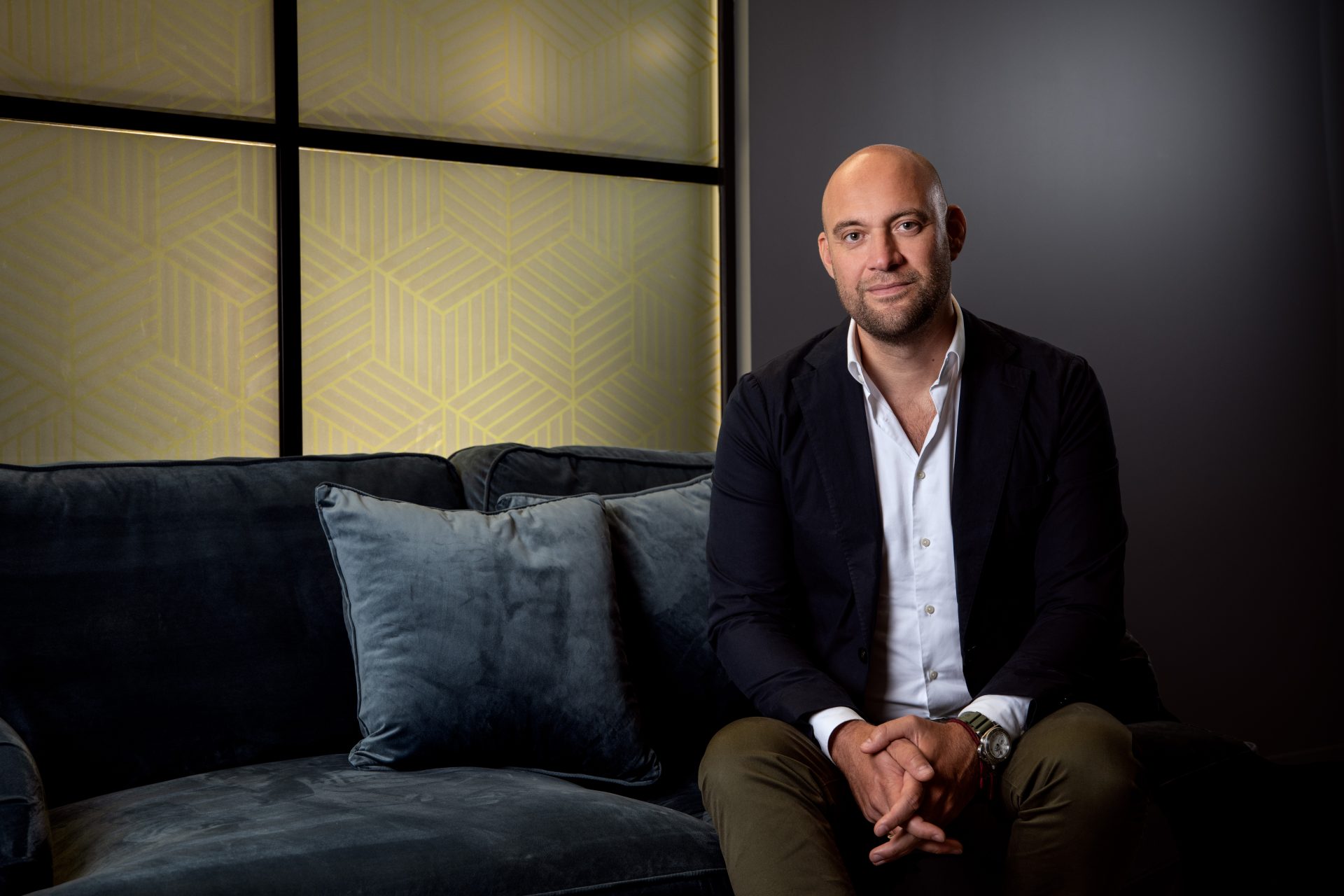
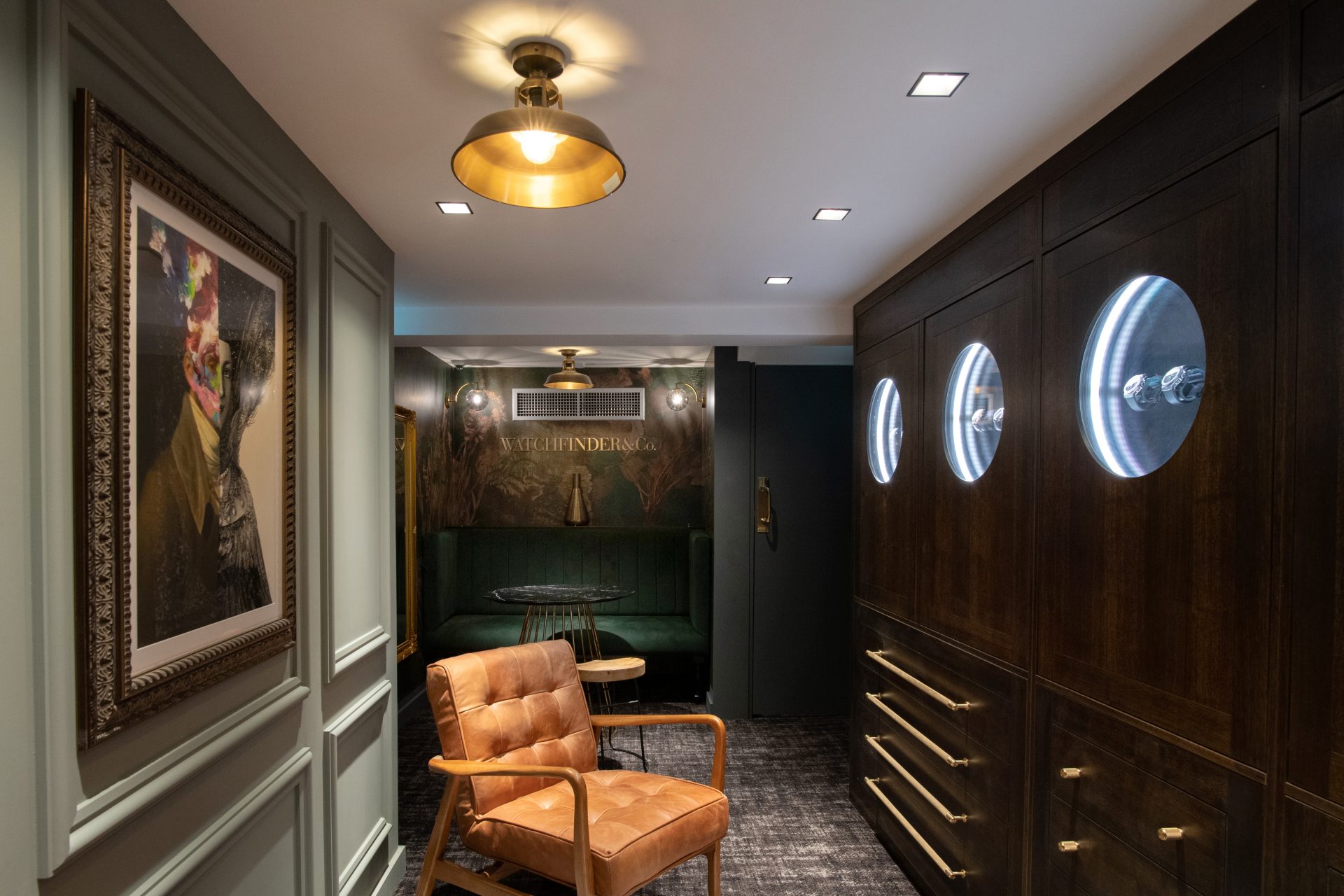
Congrats Stuart and team.